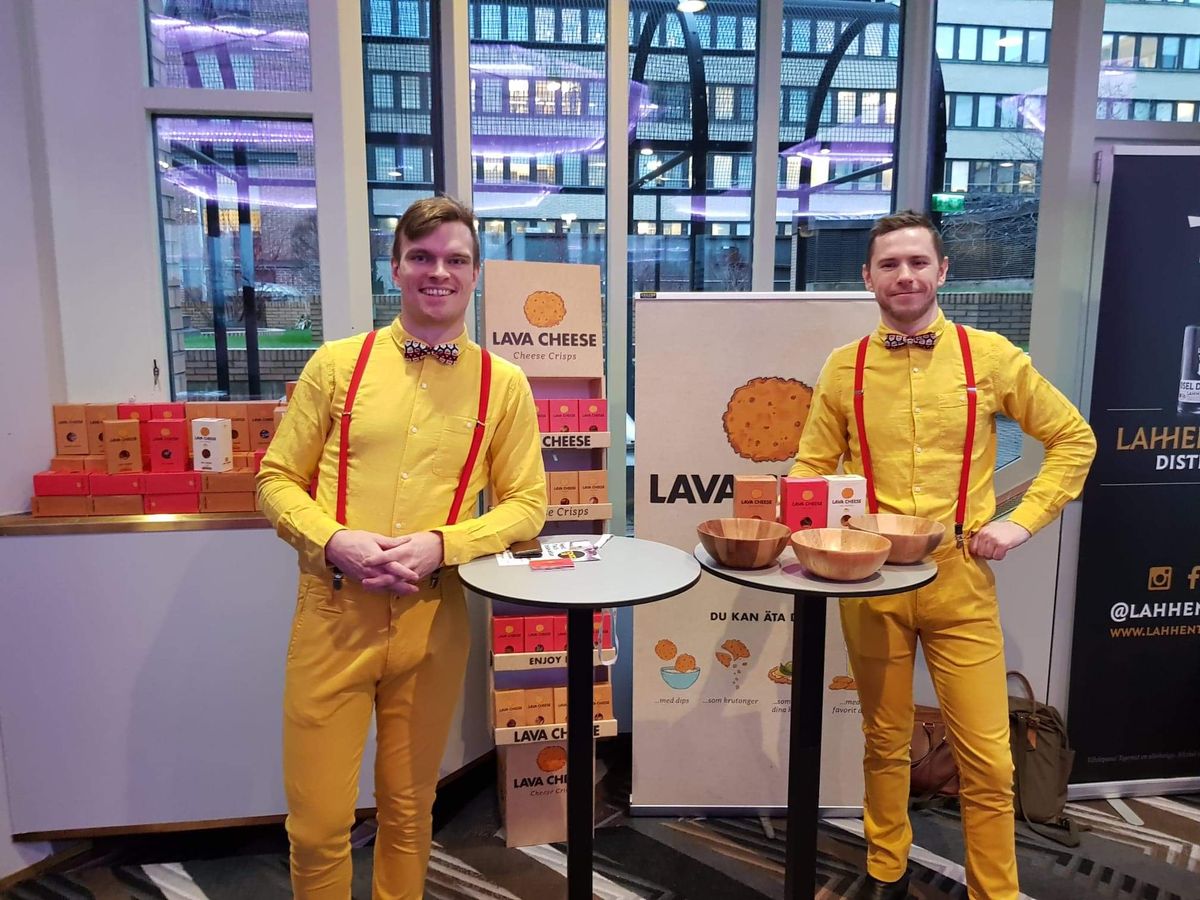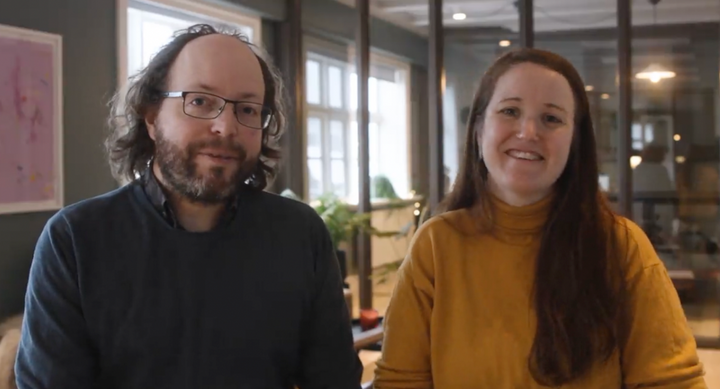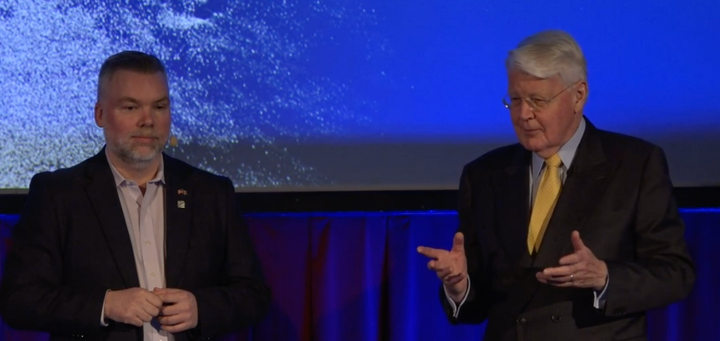Raising €700K through a funding platform: an interview with Lava Cheese cofounder Guðmundur Páll Líndal

Last week we wrote about Lava Cheese raising money through Funderbeam. The story is interesting to me on several points: A company raising a solid seed amount using somewhat unconventional methods; most of the money coming from outside of Iceland, and the fact that a foreign platform supports funding Icelandic companies with regards to legalities and so forth.
To dig a bit into that, I interviewed Guðmundur Páll Líndal, co-founder of Lava Cheese. Questions in bold, answers in italics. This is a post originally from the Northstack Memo, our newsletter on everything startups, tech and venture capital in Iceland. You can sign up here.
You chose to use Funderbeam to fundraise, which would be considered somewhat unconventional in early stage funding. Why did you choose that way?
There were a few reasons we chose to go with Funderbeam. First and foremost that the active Icelandic VC funds are focused on tech startups which immediately limited our access to domestic capital. As for private investors in the Icelandic food sector, we were raising in the middle of strikes and pay-raises which had many production and manufacturing companies spooked and fighting to conserve their resources.
At the same time we were speaking with a number of Scandinavian private investors which were immediately sold on our story and product. We figured that we would have much more luck there since the food startup sector in Scandinavia is very active and well funded. Funderbeam would give us access to all these investors.
Finally, Funderbeam, unlike the other European platforms, is active in Iceland and has done the legal background work here. They have incredibly engaged staff and Rünno Allikivi, Head of Funderbeam Scandinavia, has this perfect habit of making things happen.
How did people react when you first told them about this approach?
I think the reaction was mostly positive. Of course there was some skepticism, especially from the older generation, but having told my family I was quitting my law career to melt cheese I’m kind of used to that.
What’s the investor demographics like? Icelandic? Foreign? How much were people investing? Anything interesting there?
Very interesting to say the least! Only about 10% came from Iceland. That could be explained by a number of different factors. First of all the overall small population of Iceland. Second, Funderbeam has been operating in other markets for far longer than Iceland so they’ve had more time to build up a good user base. Third, Iceland is such a volatile market in general. For the past few years Icelandic startups have almost been competing with real estate in terms of yield, with the risk in real estate being comparably almost non-existent. Thankfully this period seems to have run its course.
The smallest investments were EUR 100 and the largest was EUR 200.000. We’re actually very excited about the many smaller investors since we believe we’ve got some super-fans there with actual skin in the game!
Would you choose this approach again? What kind of companies do you think this is good for? And which don’t fit?
We would definitely choose this approach again. We felt that this approach has benefits for us that definitely outweigh the flaws. The main one being that having 300 smaller investors in our company puts 300 stakeholders out there bringing the good word to the world. The only “flaw” to speak of is that you open yourself up to considerable scrutiny which you have to spend valuable time on. However, this is the kind of accountability that can definitely help us grow and continuously improve our game.
I think equity crowdfunding can be for any company, but I think some companies will definitely have an easier time fundraising there. On one end we have high tech startups with a complex B2B business model whose product will require years of development. On the other end we have companies such as Lava Cheese with an easy to understand, B2C business model that has created revenue from the get go. There’s a lot of grey area in between but I think these are the main factors to consider. Then again I could be completely wrong.
Lava Cheese is part of a growing scene in Iceland, small-ish, artisanal, new types of food and snacks. What are the main challenges for that industry?
Iceland is an island and that alone puts production and manufacturing companies at an insane competitive disadvantage since cost of goods is inherently higher, and shipping will put another slice of hell on your prices. Thankfully we were able to overcome that barrier by setting up a second production facility in Sweden and therefore on the mainland, but this is by far the biggest hurdle to overcome. We were both lucky to get an experienced angel investor in at the beginning and that Jósep was able to move to Sweden and oversee our operations there. Boots on the ground are important.
Another thing is that many food startups rightfully decide to focus on just one product. This is harder in Iceland since the market is extremely small and the cost of running a food production facility can rarely be sustained by just one product. It gets very tempting to start launching different products to lower unit costs and ramp up the revenue, but it usually causes the founders to lose focus on the original success. Now that we’ve closed this round we feel pretty confident that we can start thinking more about further product development without losing our footing.




